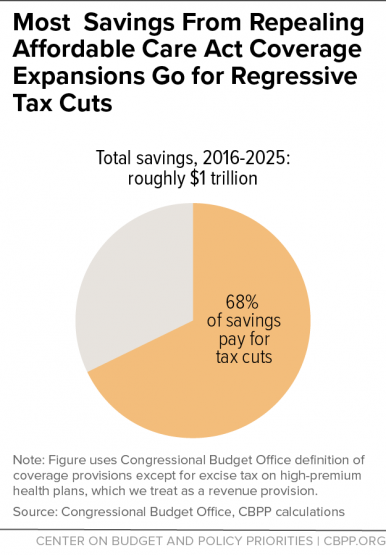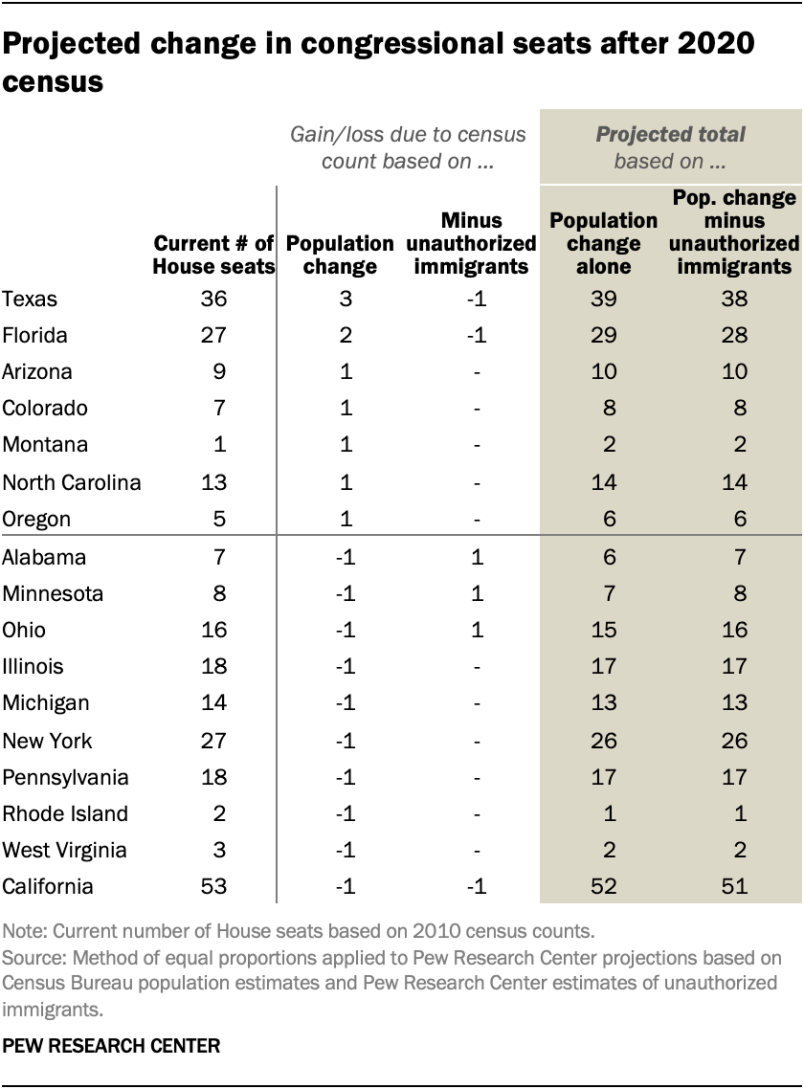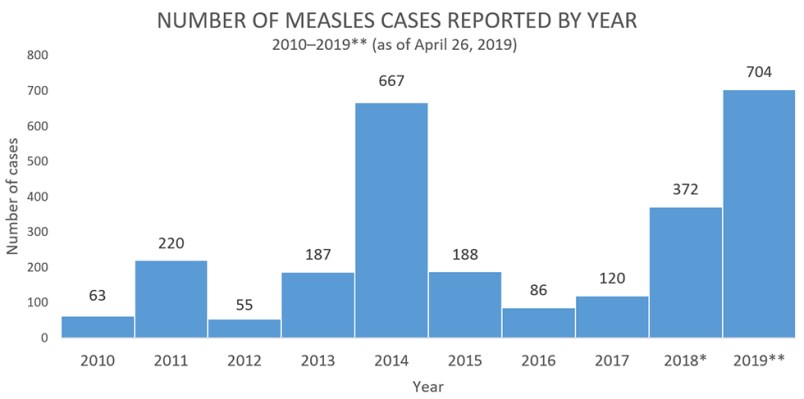A report released Tuesday by the left-leaning think tank Center on Budget and Policy Priorities breaks down how Republicans, if they follow the 2015 model of repealing the Affordable Care Act, would spend two-thirds of the money saved by repealing Obamacare’s benefits to pay for tax cuts, directed mostly at high-earners.
According to the report, the failed 2015 legislation that congressional leaders have since signaled will be their rubric going forward would produce about $1 trillion in savings over the next decade by dismantling the Medicaid expansion and subsidies for the individual exchanges while also repealing the mandates. However, repealing the taxes that raised revenue for Obamacare — including the taxes for high earners as well as those on the health care industry — would cost the government $670 billion in the next decade, leaving about $317 billion left over in savings that lawmakers could use on a hypothetical replacement.
“Thus, if the vetoed bill is a guide, Republicans will use roughly two-thirds of the net savings from eliminating the coverage expansions to roll back the ACA’s revenue raisers,” the report said.
The report goes on to raise doubts whether lawmakers could even capture those “savings” to put towards an Obamacare replacement, due to congressional budget rules. Instead, the report argues, Republicans will be pressured to find funding for a replacement by drastically cutting Medicare or Medicaid.
“Such measures could be particularly attractive to congressional Republicans not only because they would provide health care savings to offset health care spending, but because these deep cuts could generate significant savings beyond the ten-year budget window, which may be necessary if Republicans seek to enact a replacement plan through the expedited ‘reconciliation’ process,” the report said.










